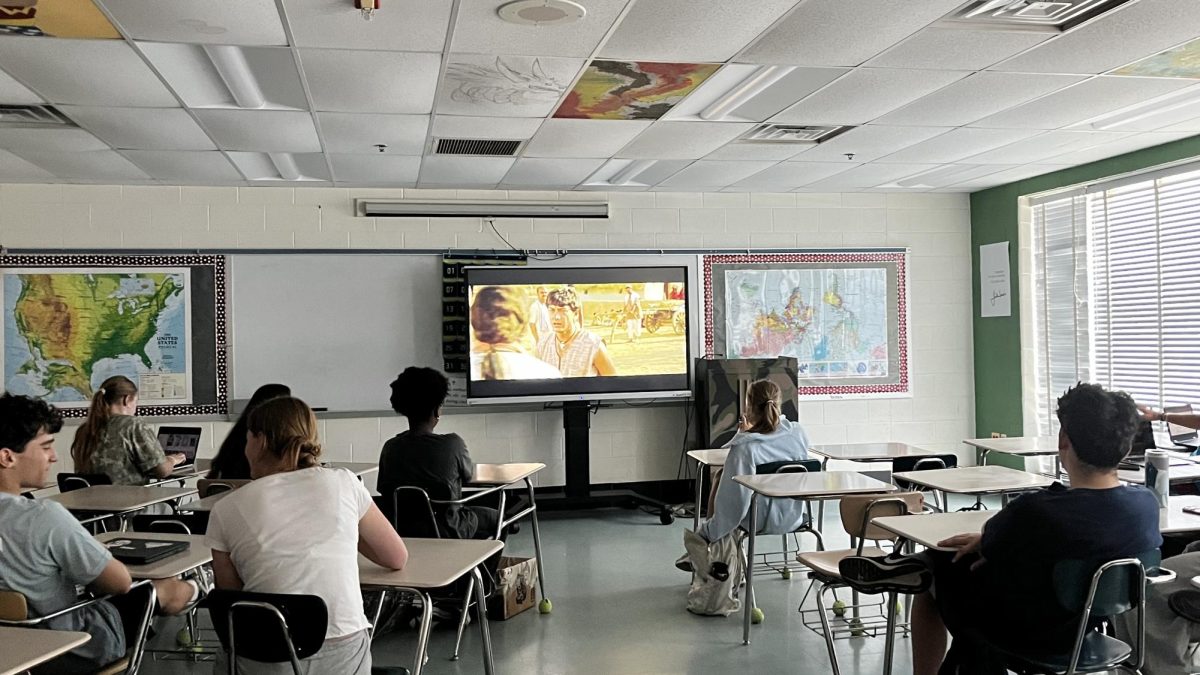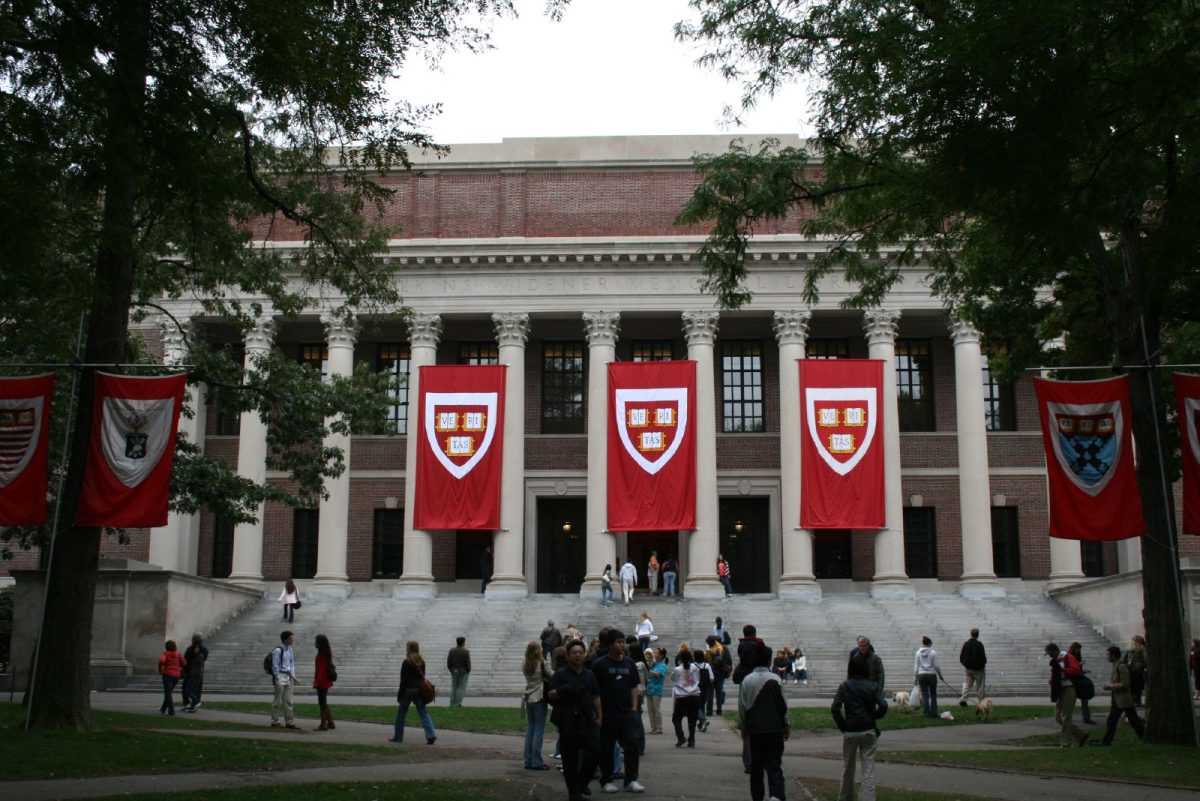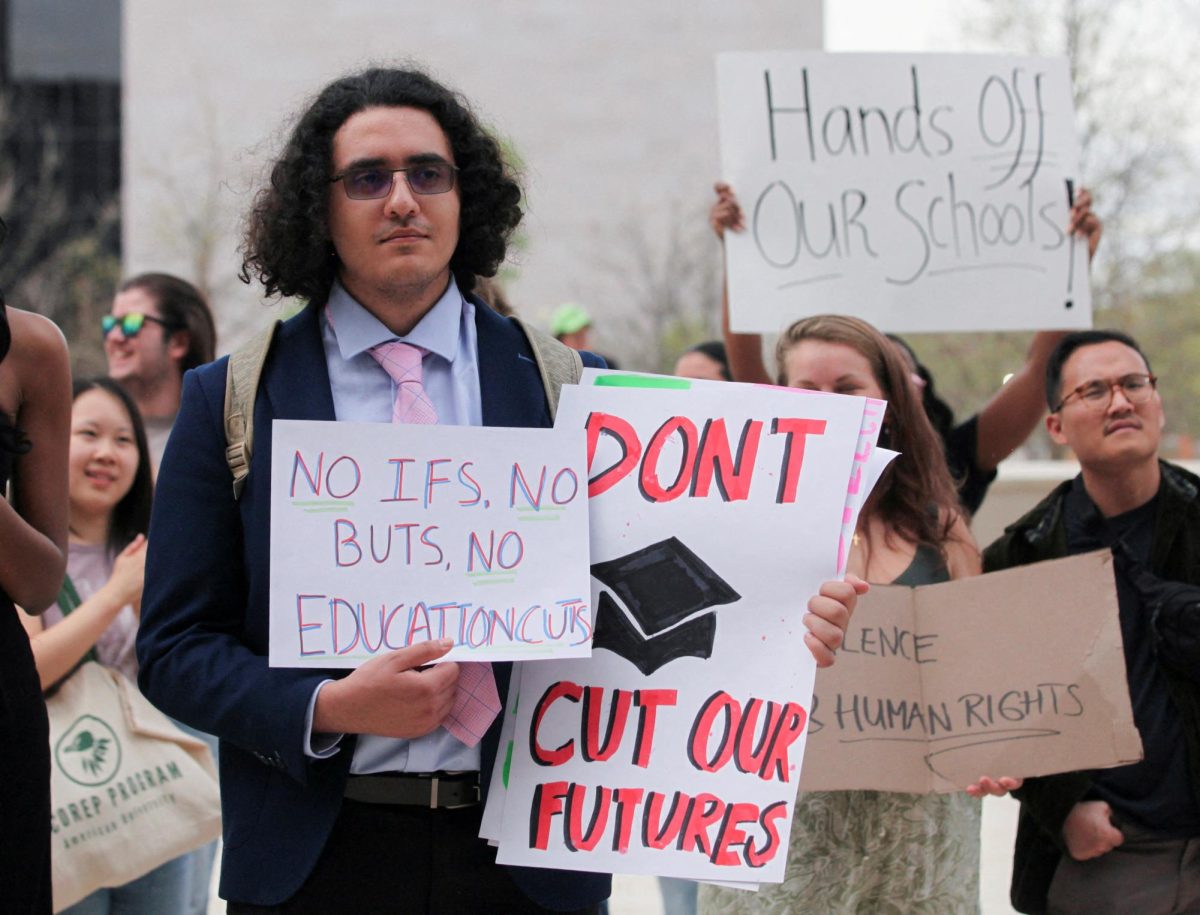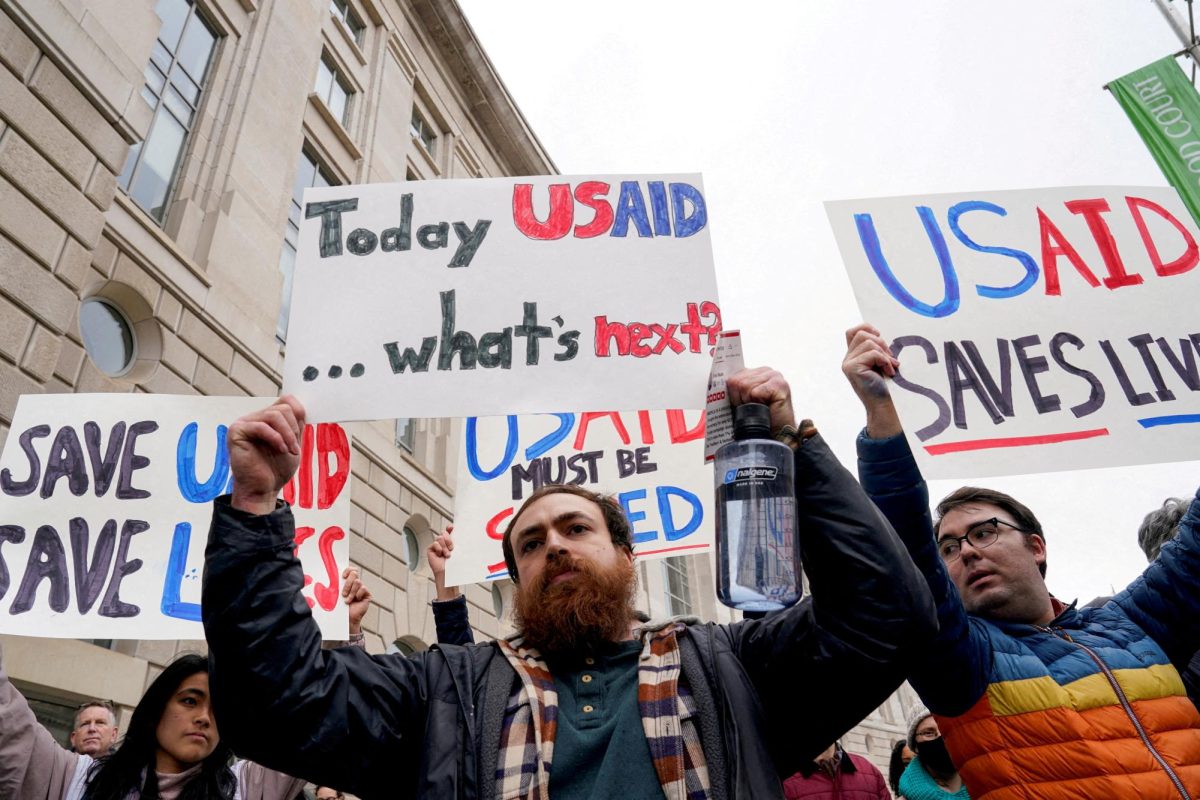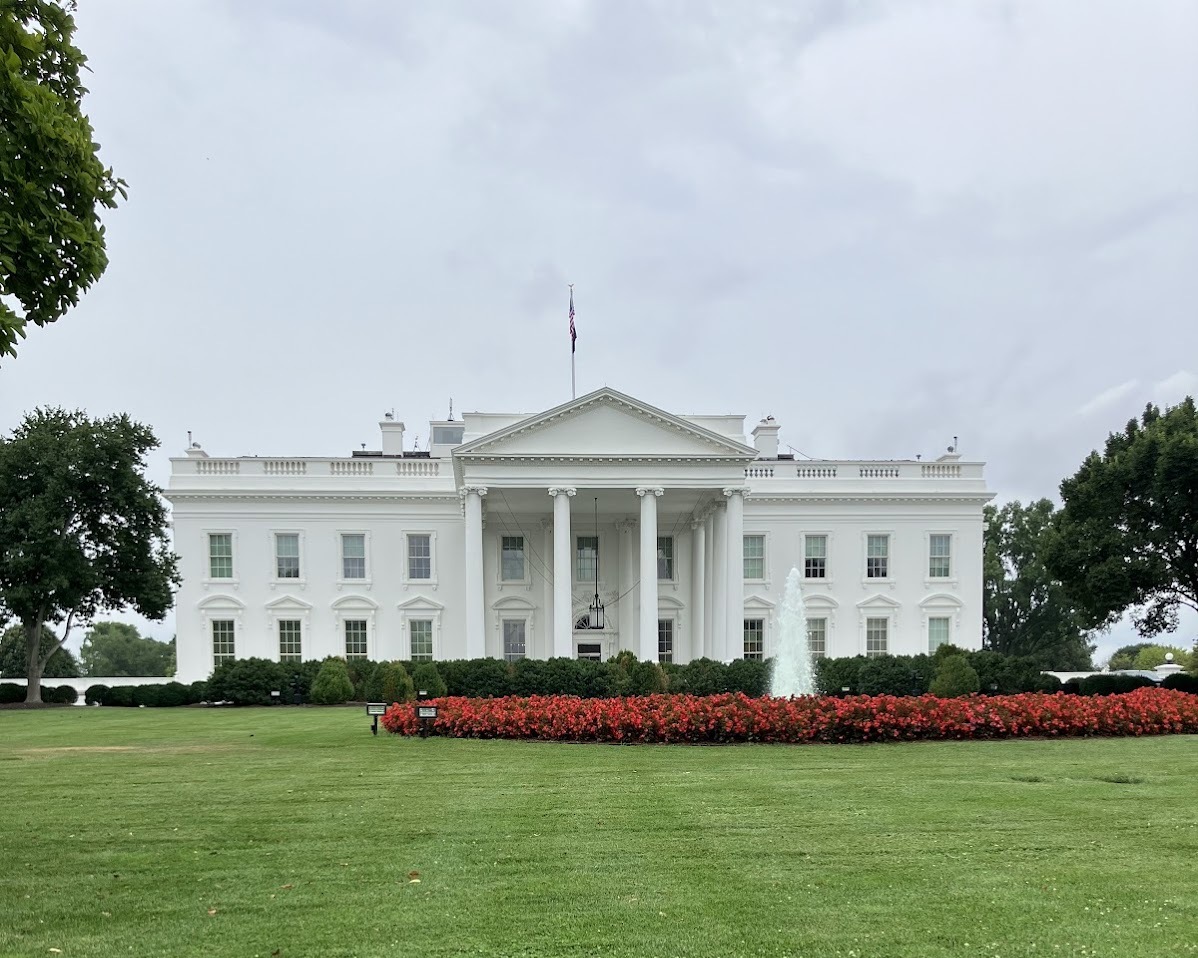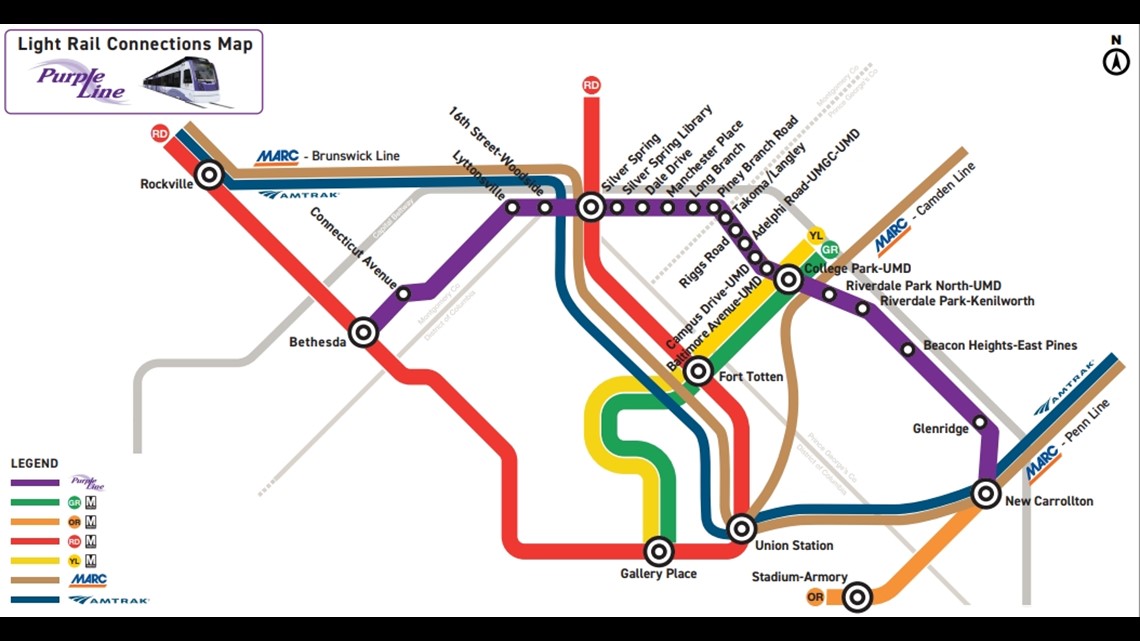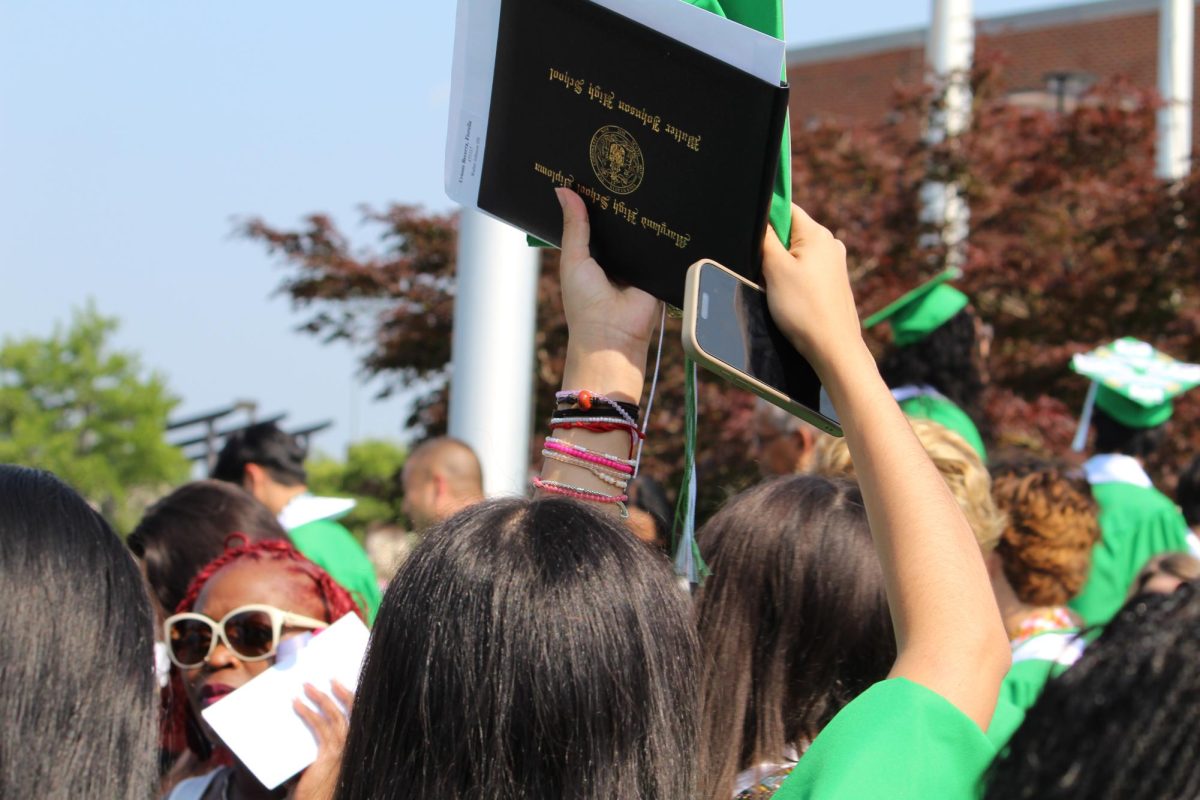It has practically become the status quo to go to college and each year many students try and get into the most prestigious college possible with students working harder as acceptance rates become smaller and almost random.
In 2018, 19.9 million students were enrolled in college, a total which keeps getting higher per generation. By default, in American society success is said to be achieved through education. Someone who went to Harvard is assumed to be smarter than someone going to a state school or community school and is said to ultimately achieve more “success” which nowadays is practically defined by how much money one makes.
A study by economists Alan Krueger and Stacy Dale followed students who graduated college in 1999 up until 2011. They chose students from elite schools and average schools (moderately selective) to compare the outcomes of their education 20 years past graduation. Their income and job outcomes were basically unaffected by the school they attended, so elite schools are pretty much selling an overpriced name.
If one were applying to school 40-50 years ago at the more prestigious colleges, like ones in the Ivy League, were known to give students a significantly better level of education. Yet, today as many as 200 colleges are said to give students a very similar education with great campuses and faculty. Even with these pressing statistics, basically proving the concept of college prestige is a very inflated one, students will still push themselves harder and harder each year.
With more competition and demand for the best colleges, the price has shot up over the years causing more and more students to go deeper into debt. Student loan debt is crippling a whole generation of young people with $1.56 trillion in loans which dramatically exceeds the US credit card debt by $521 billion. It is the only type of debt that can’t be removed through bankruptcy and keeps students trapped in a cycle. Loans are rising at a faster rate than the earnings of the American worker, which is what the universities are supposed to support and justify these loans by (jobs). The average law school graduate has over $110,000 in debt and medical school students have nearly $200,000 in debt. Some students don’t even finish these degrees. The problem is that an abundance of students, 2 million of them, owe more than $100,000 in student debt. Home ownership is down and the number of adults living with their parents is growing every year thanks to this debt.
These schools are beautiful utopias with gleaming new buildings and tons of school administrators making tons of money. Yet, they make their graduates poorer and they keep making more money and keep increasing their tuition.
College costs students so much and poses a sort of irony in the little gated nirvana, yet the outcomes and surrounding areas face a very different reality. Overall, in this crazy competitive system with insane pressure and aspects of student’s application out of their control, the one thing to keep in mind is that picking the best option financially versus academically is most of the time the best call because the educational outcome and future income is very similar.





